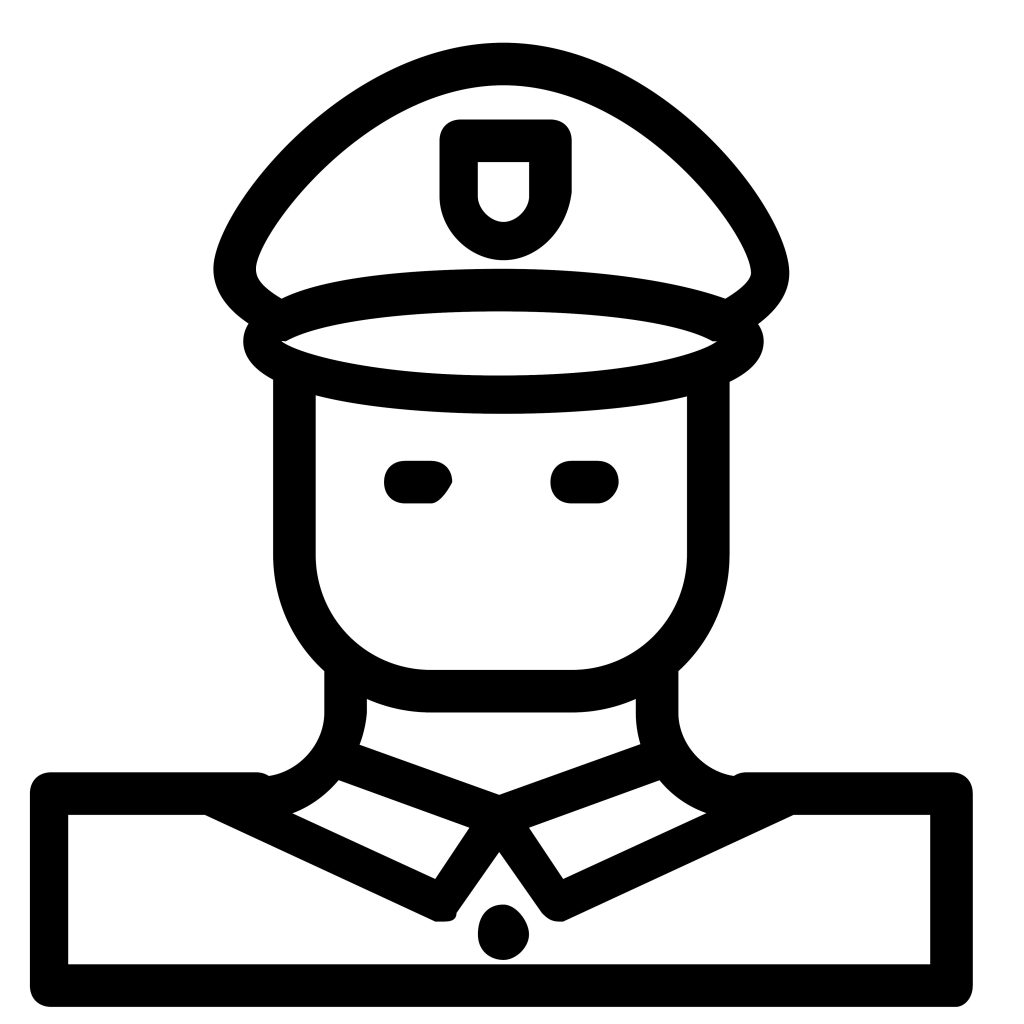
The numbers don’t lie. Working at heights is undeniably one of the most hazardous jobs in construction and industrial work. While regulations mandate using protective equipment to prevent accidents, not all fall arrest systems are created equal. Selecting the right system can mean the difference between a safe work environment and serious consequences.
Considering those consequences, there’s a lot to investigate when choosing fall arrest equipment, covering components like fall protection lanyards, self-retracting lifelines (SRLs), and fall protection anchorage points. It’s also important to know about common fall protection misconceptions so you and your workers can make informed decisions tailored to your job site.
Why Choosing the Right Fall Arrest System Matters
Every year, too many workers are injured or killed due to preventable falls in the workplace. According to the Occupational Safety and Health Administration (OSHA), falls are the leading cause of fatalities in construction, accounting for nearly 35% of all construction worker deaths in 2020. A robust fall arrest system not only complies with safety standards but also builds trust among workers, ensuring they feel secure as they tackle high-risk tasks.
A fall arrest system is designed to stop and catch a falling worker before they hit a lower level. However, the effectiveness of that system depends on the quality, fit, and compatibility of its individual components.
The Key Pieces of a Quality Fall Arrest System
There are three essential components to consider when selecting a fall arrest system.
1. Fall Protection Lanyards
A lanyard is the flexible line that connects a worker’s harness to an anchor point. Not all lanyards are the same, so you’ll want to understand the different types available.
- Shock-Absorbing Lanyards
These lanyards reduce the impact force on a worker’s body during a fall. They’re particularly useful for high-impact scenarios, as the energy-absorbing systems built into them prevent injury.
- Positioning Lanyards
Designed to keep workers in a specific position, these lanyards have little to no stretch, making them ideal for tasks like scaling walls or performing maintenance at elevation. However, they are not designed for fall arrest.
- Dual-Leg Lanyards (Y-Lanyards)
Dual-leg lanyards allow workers to stay continuously connected while transferring from one anchor point to another. This feature adds a layer of safety when navigating complex job sites.
Of course, different jobs require different equipment. Always choose a lanyard that matches your specific work environment and the potential fall distance.
2. Self-Retracting Lifelines (SRLs)
An SRL can significantly enhance fall protection. Unlike a standard lanyard, an SRL automatically retracts and extends as the worker moves, keeping the line taut and reducing trip hazards.
Advantages of SRLs
- Flexibility: Provides workers with a greater range of motion.
- Reduced Free Fall Distance: An SRL stops a fall within inches, reducing the total fall distance compared to traditional lanyards.
- Durability: Many SRLs are designed for leading-edge applications, making them suitable for sharp surface edges.
When choosing SRLs, opt for devices rated for your specific application. For example, overhead SRLs are designed for vertical use, while leading-edge SRLs are reinforced to withstand sharp edges without fraying.
If you’re unsure which SRL best suits your needs, OSHA offers extensive guidance on fall protection systems. You can review their recommendations on OSHA’s website.
3. Fall Protection Anchorage Points
Fall protection anchorage points are anchors to which lifelines, lanyards, or SRLs are attached. It’s one of fall protections’ most critical yet often overlooked aspects.
What Makes an Anchor Point Safe?
- Strength: Must be capable of supporting at least 5,000 pounds per worker attached.
- Location: Positioning anchor points overhead reduces the risk of swing falls.
- Compatibility: Ensure the anchor point is compatible with your SRL, lanyard, or other fall protection equipment.
Anchorage points range from fixed solutions, like roof anchors, to portable anchors, such as beam clamps or tie-back systems. Always confirm that your anchor point is inspected and rated for the specific job tasks.
Common Misconceptions About Fall Protection
Despite the availability of robust fall protection systems, many common misconceptions can ultimately jeopardize workplace safety.
- Misconception 1: “One size fits all.”
One universal size doesn’t work for clothing — and it doesn’t work for fall security either. Fall protection equipment must be selected based on specific job site conditions. Factors like fall clearance, edge exposure, and worker mobility all play a role in determining the right system.
- Misconception 2: “All anchorage points are equal.”
Just because an anchor point can be located doesn’t mean it’s up to the job of keeping a construction worker safe. Not all structural elements are rated for fall arrest, and attaching your equipment to an insufficient anchor point can lead to a catastrophic failure during a fall.
- Misconception 3: “Routine inspections aren’t necessary.”
You’d be surprised how often the presence of safety equipment makes it an afterthought until an accident actually occurs. But fall arrest systems require regular inspection and maintenance to ensure they remain functional. Components like SRLs and lanyards are subject to wear and tear, especially in harsh environments.
Choosing the Right System for Your Job Site
Selecting the ideal fall arrest system requires a balance between safety, mobility, and compliance.
- Assess the Job Site
Understand the environment, potential fall hazards, and required mobility.
- Consult Guidelines
Refer to regulations like OSHA standards to guarantee compliance.
- Match Components to Tasks
Choose lanyards, SRLs, and anchorage points tailored to the specific tasks.
- Train Your Team
Provide workers with proper training on using the selected equipment and recognizing potential hazards.
- Perform Regular Inspections
Regularly inspect and maintain fall protection systems to keep them in top condition.
Safety First
When it comes to fall protection, there’s no room for compromise. You can create a safer, more efficient work environment by understanding the differences between fall protection lanyards, SRLs, and fall protection anchorage points.
To learn more about fall protection requirements and best practices, visit OSHA’s official site. It’s a valuable resource for ensuring your team remains secure while working at heights.
Safety starts with informed choices. Equip your team with the knowledge and equipment they need to confidently tackle any challenge above ground level.
